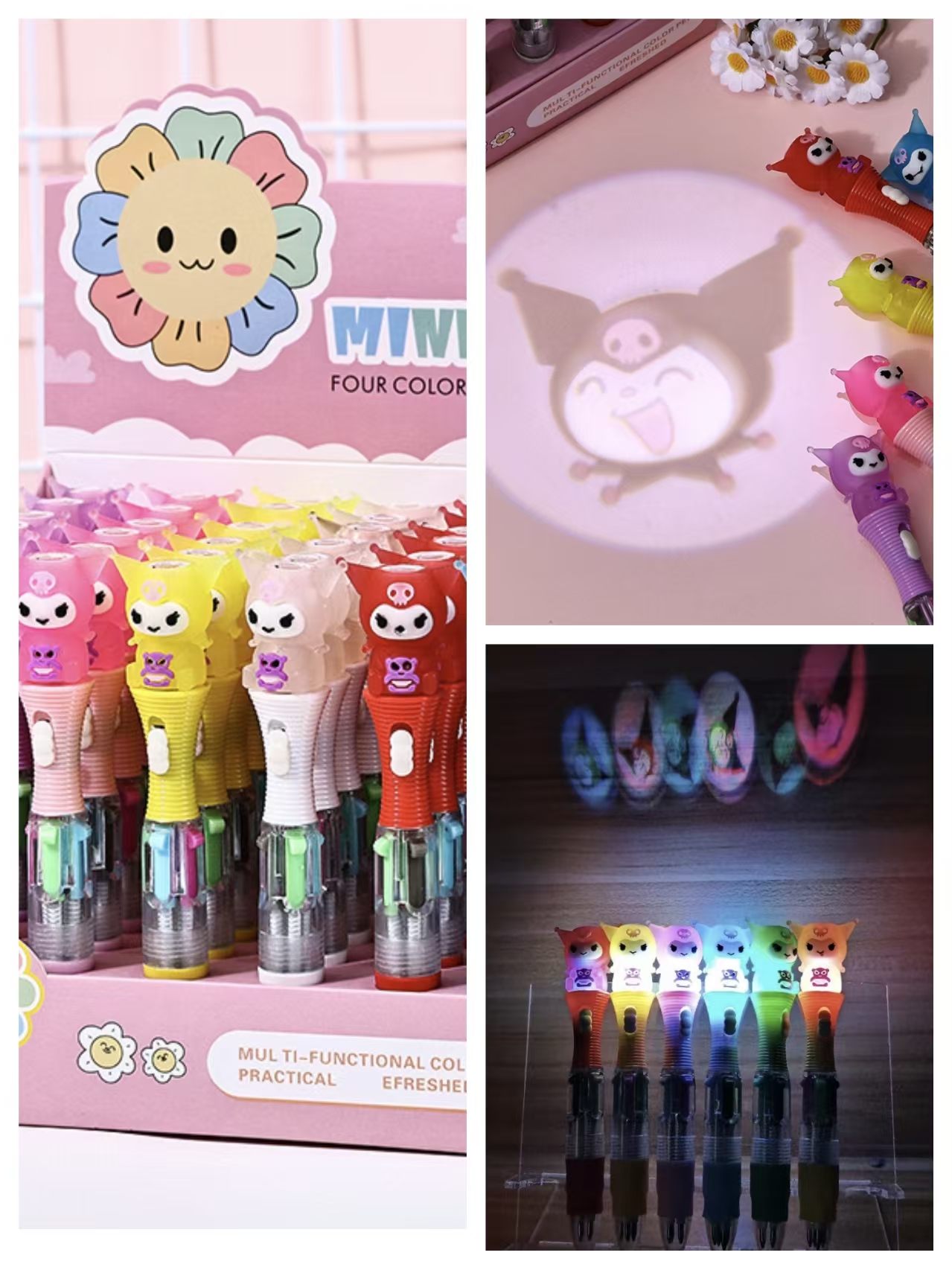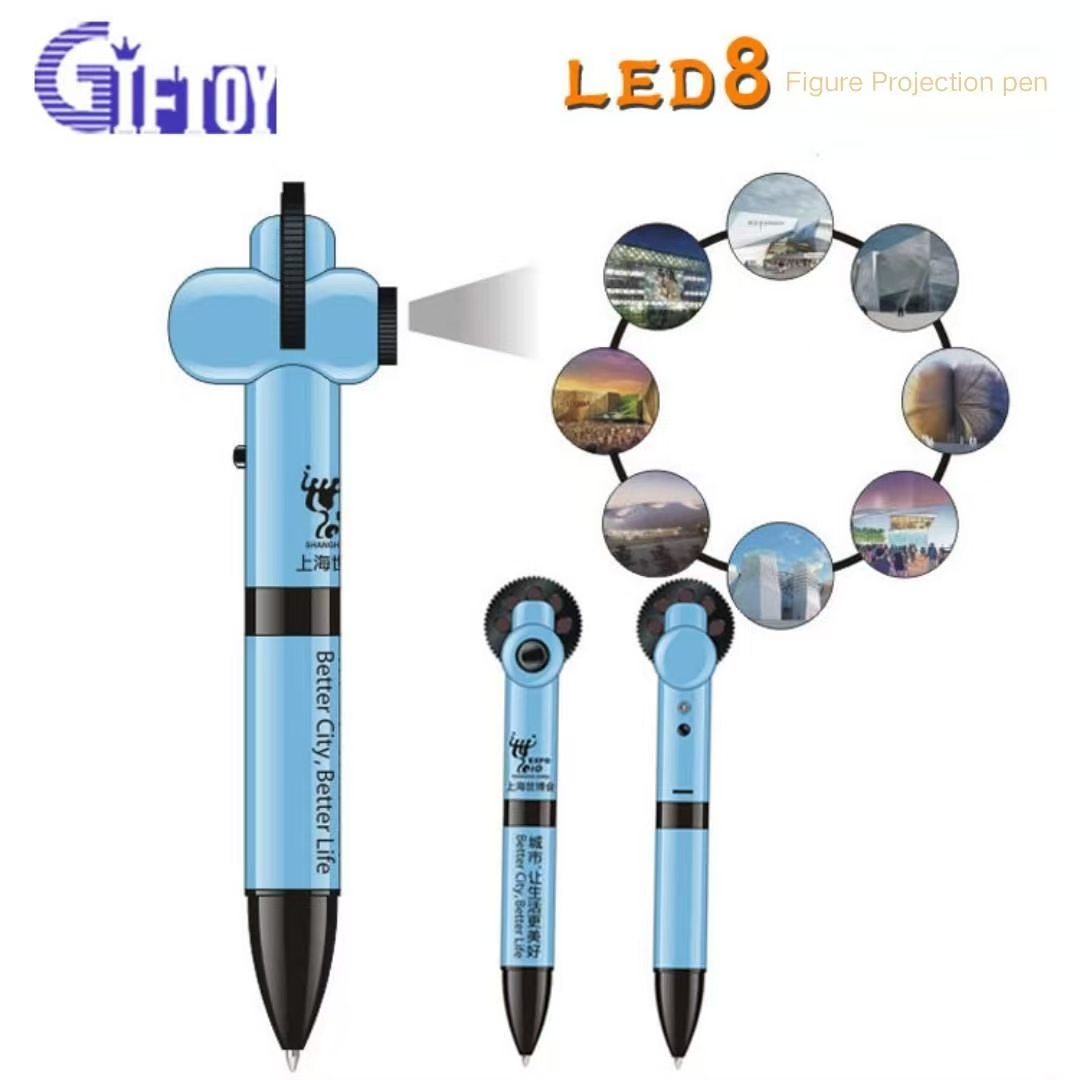How Buyers Can Reduce Back-to-School Inventory Risks

Back-to-school sales can be a high-wire act for buyers. Too little inventory disappoints shoppers, but buying too much ties up cash and fills shelves with unsold stock. The challenge is real, but smart choices change everything.
Carrying inventory acts as a buffer against stockouts. By stocking key, certified, multi-functional stationery, buyers can better match demand spikes, reduce missed sales, and avoid getting locked into excess or obsolete inventory.

In my own experience, switching to certified and multi-functional stationery made all the difference. Products that meet more needs—and carry trusted certifications—move faster and appeal to both parents and students. Instead of shelves full of leftover single-use items, my stock turns at a healthy rate. Let’s break down the steps to making inventory a tool for growth, not just a seasonal gamble.
How can carrying inventory protect against stockouts?
Why does having inventory on hand help during busy back-to-school seasons?
Carrying inventory ensures buyers have the right products when buyers need them most, shielding against supplier delays, sudden demand surges, and unexpected out-of-stocks.

I used to scramble when a hot item sold out mid-season. Restock times were slow, and customers went elsewhere. Keeping a buffer of certified bestsellers—like multi-use pens, eco notebooks, or official exam-approved calculators—lets me react to trends and fulfill last-minute orders. This forward planning beats the stress of chasing late deliveries.
Inventory Buffer Strategy Table
| Method | Risk it Reduces | Example for Stationery |
|---|---|---|
| Minimum Stock Levels | Supplier delays | Keep 2 weeks’ top-selling pens |
| Safety Stock | Sudden demand spike | Extra notebooks in busy months |
| Certified Multi-Function | Unsold leftovers | Multi-use, certified rulers |
How to reduce out of stock situation?
What practical steps help buyers prevent empty shelves during back-to-school season?
To reduce out of stocks, buyers should monitor sales trends in real time, choose versatile certified products, and establish reliable restock plans with trusted suppliers.

I now analyze weekly sales to spot surges or slow movers. Pairing this data with products that serve many purposes—like pens with three colors or geometry sets with certification—helps me meet more customer needs without overstocking. Fast communication with suppliers and standing restock orders mean I refill before running out.
Out of Stock Reduction Table
| Action | Why It Works | Example Tactic |
|---|---|---|
| Track Sales in Real Time | Spots shortfalls fast | POS-linked inventory alerts |
| Choose Multi-Function | Fewer, faster-selling SKUs | Combo pen/highlighter |
| Strong Supplier Links | Faster restocks, less risk | Scheduled weekly orders |
How to control stock inventory?
How can buyers keep inventory levels balanced and reduce risk?
Buyers should use forecasting, flexible ordering, and regular review cycles to keep stock lean and aligned with actual back-to-school demand.

Before, I guessed when to reorder, hoping not to overstock. Now, I use past sales, monitor current season trends, and adjust orders weekly as new data comes in. For certified, multi-use products, I set lower minimums, testing new styles in small batches first. Clear visibility into what’s moving lets me avoid both empty shelves and wasteful extras.
Inventory Control Table
| Tool/Action | How It Lowers Risk | Example Application |
|---|---|---|
| Demand Forecasting | Buy right amount, right time | Project by grade level |
| Flexible Orders | Adjust to real sales | Shorter lead-time contracts |
| Cycle Counts/Reviews | Fix issues quickly | Weekly shelf checks |
Conclusion
Inventory risk during back-to-school can feel like a gamble, but it doesn’t have to be. By focusing on certified, multi-functional stationery1, I have helped my stores move stock faster while pleasing a wider range of customers. Industry data shows this switch aligns with a larger trend—buyers prefer items guaranteed for quality and usability, which means less leftover stock and faster turn rates. Tactical steps—like real-time sales tracking2, flexible orders, and minimum stock policies—reduce out-of-stock panic and clear out stale inventory. With the right strategy, inventory becomes an ally, letting buyers turn chaotic peak seasons into opportunities for steady profit and lasting customer trust.
